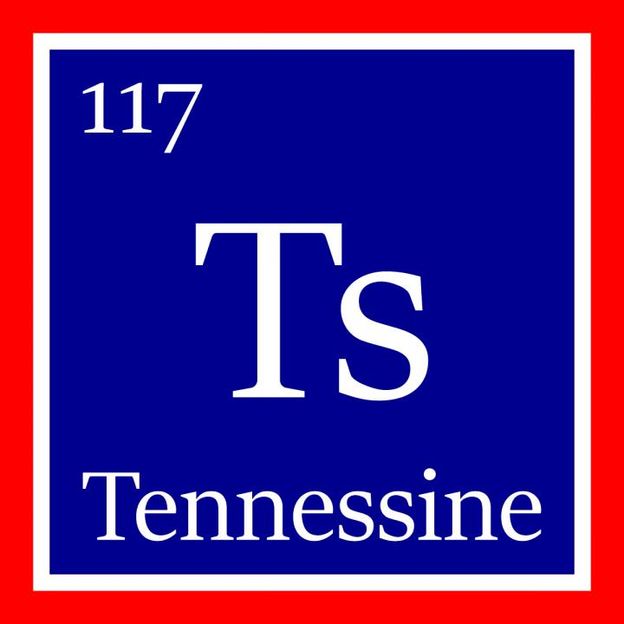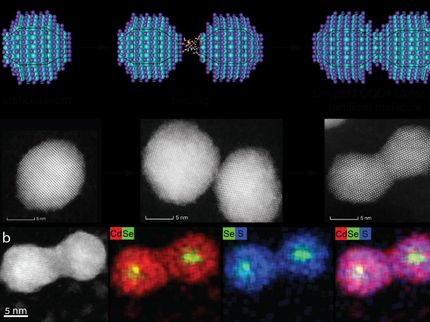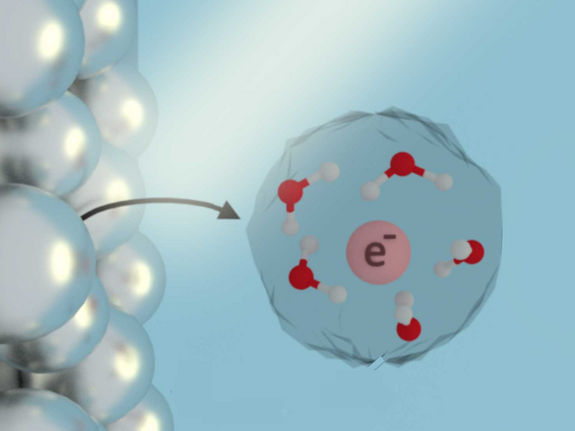'Tennessine' acknowledges state institutions' roles in element's discovery
Advertisement
The recently discovered element 117 has been officially named "tennessine" in recognition of Tennessee's contributions to its discovery, including the efforts of the Department of Energy's Oak Ridge National Laboratory and its Tennessee collaborators at Vanderbilt University and the University of Tennessee.

The new element tennessine is denoted by the symbol Ts on the Periodic Table.
ORNL
"The presence of tennessine on the Periodic Table is an affirmation of our state's standing in the international scientific community, including the facilities ORNL provides to that community as well as the knowledge and expertise of the laboratory's scientists and technicians," ORNL Director Thom Mason said.
"The historic discovery of tennessine is emblematic of the contributions Tennessee institutions like Oak Ridge National Laboratory, the University of Tennessee and Vanderbilt University make toward a better world," Tennessee Gov. Bill Haslam said. "On behalf of all Tennesseans we thank this world body for honoring our state this way."
ORNL had several roles in the discovery, the most prominent being production of the radioisotope berkelium-249 for the search. The berkelium-249 used in the initial discovery and subsequent confirmatory experiments for element 117 was produced by ORNL and the Department of Energy's Isotope Program, and was provided as a U.S. contribution to those experiments.
In tennessine's case, the atomic recipe for element 117 required the berkelium-249 target, which was available only from ORNL's High Flux Isotope Reactor (HFIR), which produces radioisotopes for industry and medicine in addition to its neutron scattering research mission, and the adjoining Radiochemical Engineering Development Center (REDC), where the radioisotopes are processed.
Over a year-long campaign, ORNL produced and then shipped the 22 milligrams of berkeleium-249 to Russia, where the experiment that would yield element 117 was carried out with a heavy-ion cyclotron at Russia's Joint Institute for Nuclear Research (JINR) in Dubna. After six months of relentless bombardment with a calcium-48 beam, researchers had detected six atoms in which the nuclei of the calcium and berkelium had fused to create element 117. Subsequent experiments confirmed the results.
"The discovery of tennessine is an example of the potential that can be realized when nations come together to lend their unique capabilities toward a scientific vision," said ORNL's Jim Roberto, who helped put together the element 117 U.S.-Russia collaboration with JINR's Yuri Oganessian.

































































